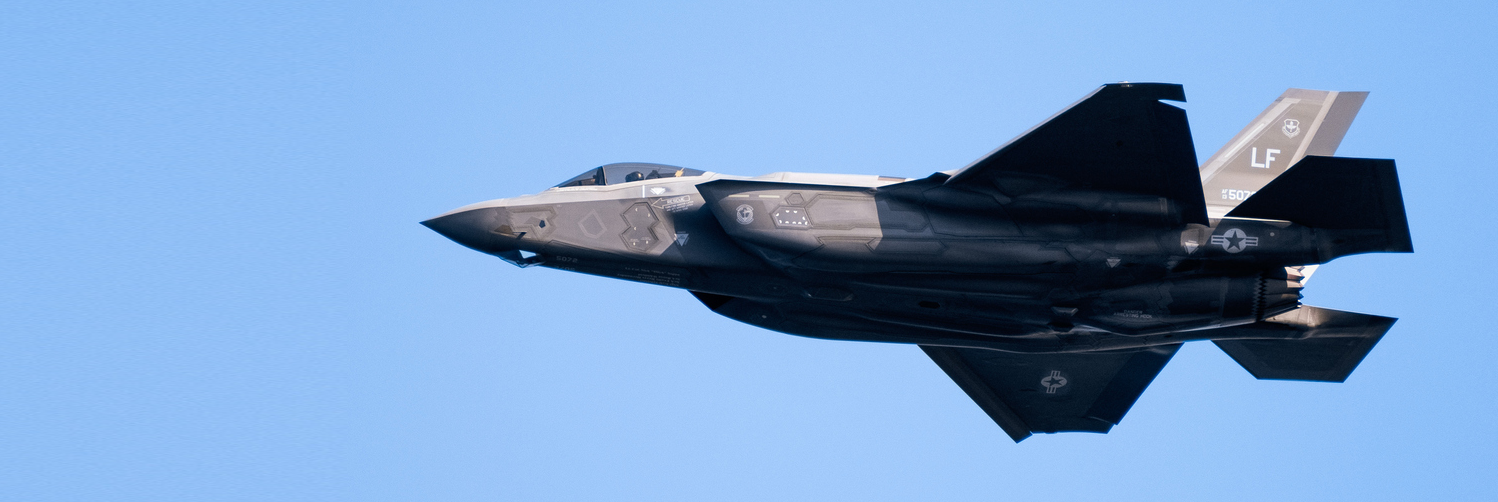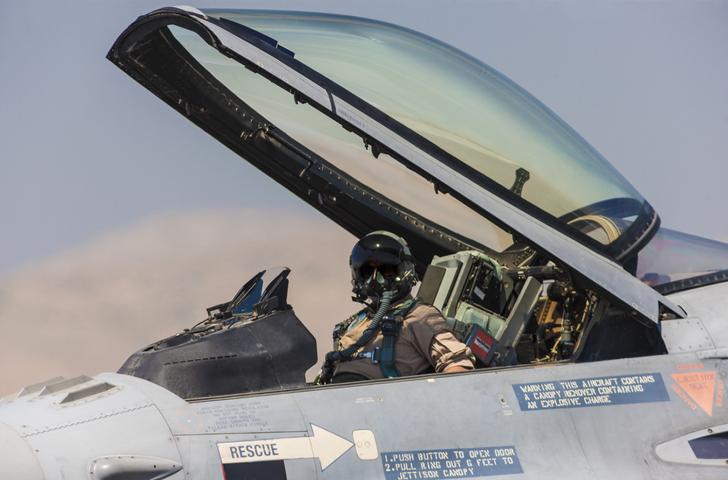Lynx Software Technologies has collaborated closely with CoreAVI for many years. The most visible result of that partnership has been the panoramic cockpit display for the F-35 Joint Strike Fighter. During the span of this partnership, we watched CoreAVI build up a wealth of experience creating software drivers for a wide range of graphics technologies.

Building safe and secure software systems is not the sole responsibility of either the hardware provider or the software provider; it is a combination of both. It is therefore essential for the software supplier to harness the advanced capabilities of modern hardware to both provide and to prove (for the purposes of system certification) the separation of applications deterministic system performance. For Lynx, this has involved working closely with Intel to leverage the resource director technologies present in newer Xeon and Atom class products.

Frankly, this is easier said than done. Despite hearing glib claims from some in the industry, we still see outside projects get mired in extensive program overruns in both time and cost.
The pre-briefing we received from CoreAVI in early February excited me, as I see the relationship between Intel and CoreAVI entering the same level of technical depth around the graphics subsystem as Lynx possesses for virtualizing the CPU, memory, and IO resources. That deep knowledge of graphics subsystems positions CoreAVI for delivering technology solutions for AI workloads, as outlined here. Certainly no stranger to delivering board level products, CoreAVI continues to help customers reduce their development and deployment cycles.
Best wishes from Lynx to CoreAVI on today’s announcement. We look forward to more collaboration around customer programs centered on 11th Gen Intel Core Processors such as Tiger Lake.



 Ian Ferguson | VP Marketing
Ian Ferguson | VP Marketing




